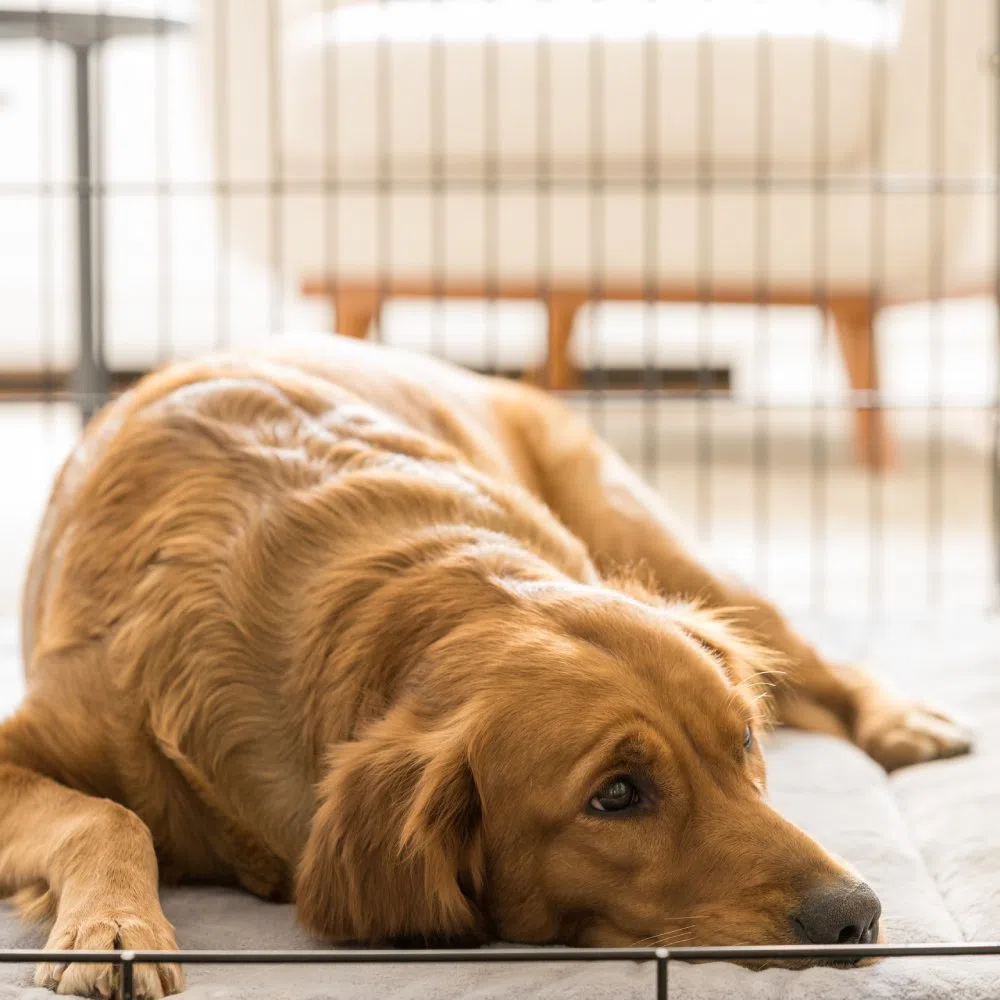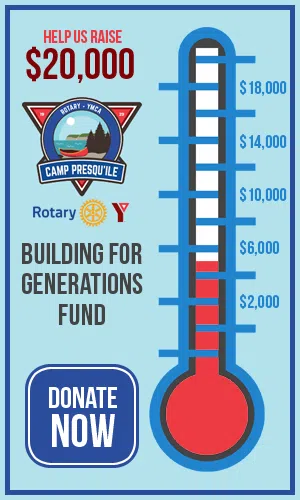Crate training serves as a valuable tool for puppies and newly adopted dogs, providing security and structure during their adjustment period. However, many dog owners wonder when it’s appropriate to transition their furry friend from crate sleeping to more freedom around the house.
Recognizing the right time to make this change requires careful observation of your dog’s behaviour and development. Here are the key indicators your pup may be ready to graduate from crate sleeping.
Your Dog Has Mastered House Training
The most important sign is consistent house-training success. If your dog hasn’t had an accident indoors for several months and reliably signals when they need to go outside, they’ve likely developed the bladder control necessary for overnight freedom.
Dogs typically achieve full house training between 6 months and 2 years of age, depending on their breed and individual development. Watch for reliable patterns in their bathroom schedule, and confidence in their communication with you about their needs.
Destructive Behaviour Has Stopped
Puppies and anxious dogs often chew furniture, shoes, or other household items when left unsupervised. If your dog no longer engages in destructive behaviour during the day when you’re away, this suggests they’re ready for nighttime freedom.
Another sign your dog no longer needs to sleep in a crate is leaving your belongings untouched and showing no interest in inappropriate chewing or scratching. This behavioral maturity typically develops as dogs reach adulthood and feel more secure in their environment.
They Sleep Through the Night Peacefully
A dog ready to sleep outside their crate will demonstrate calm, settled behaviour throughout the night. They shouldn’t be restless, whining, or trying to escape their crate during sleep hours.
If your dog sleeps soundly in their crate without distress and doesn’t attempt to get out early in the morning, they’ve likely developed the emotional regulation needed for independent sleeping.
Age and Maturity Factors
Most dogs reach emotional and physical maturity between 12 to 18 months old. Smaller breeds often mature faster than larger ones, but individual personalities play a significant role in readiness.
Consider your dog’s demeanor and stress levels. A confident, well-adjusted dog who follows house rules during supervised time is typically ready for increased freedom.
Making the Transition Safely
When you decide your dog is ready, make the transition gradually. Start by leaving the crate door open, while keeping the crate available as a sleeping option. Many dogs choose to continue sleeping in their familiar crate even when given freedom.
Ensure your dog has a comfortable alternative sleeping area. This might be the perfect time to invest in a high-quality dog bed that matches their size and sleeping preferences. Choosing the right size and material for your pup’s bed becomes especially important during this transition period.
Image Credit: Christine McCann, #418735983





Comments